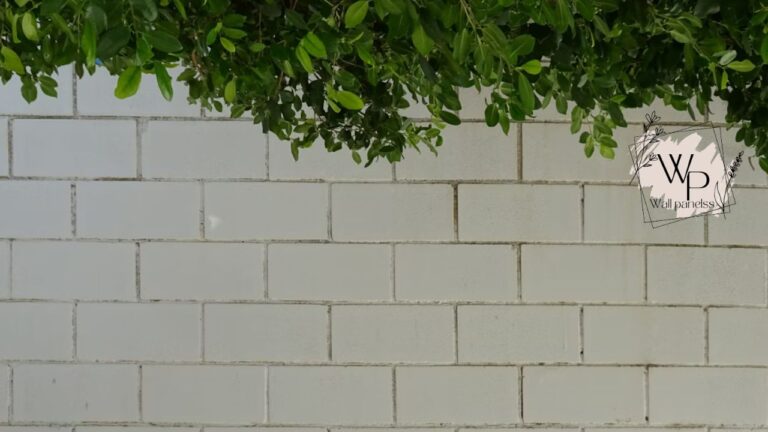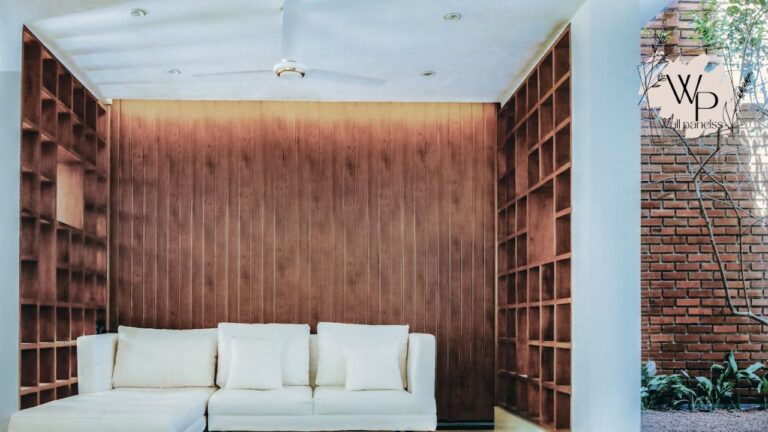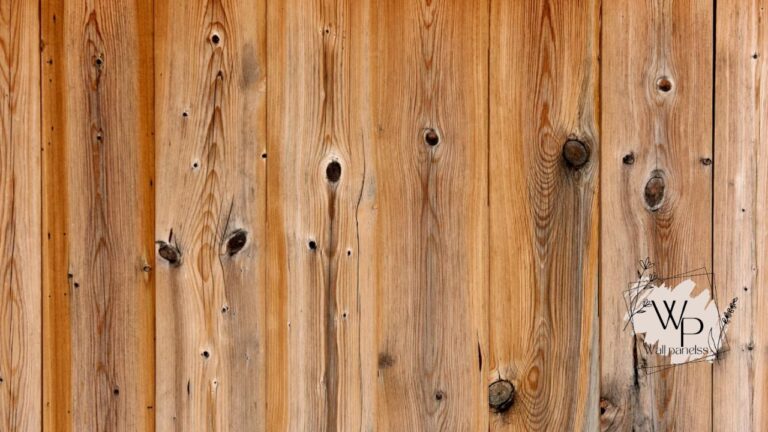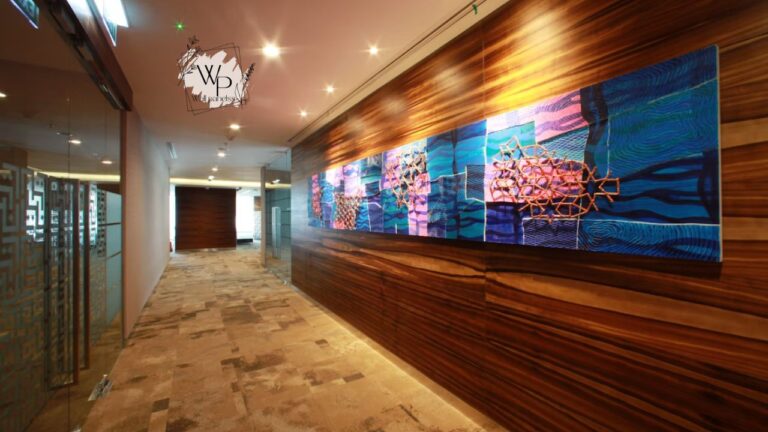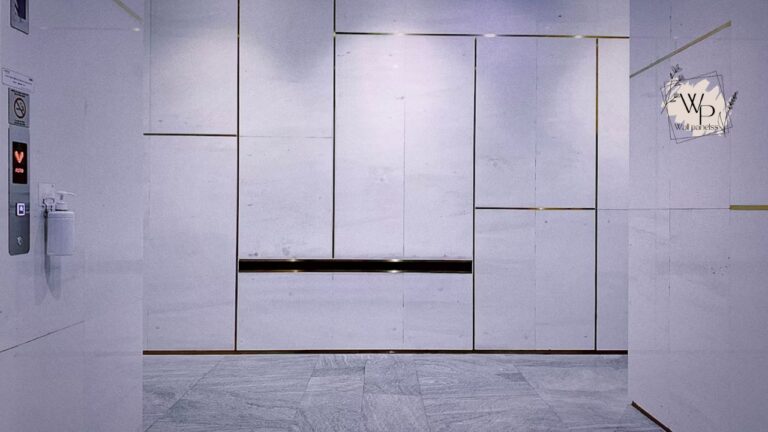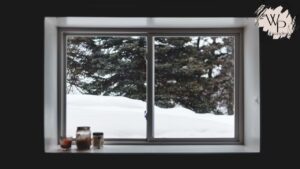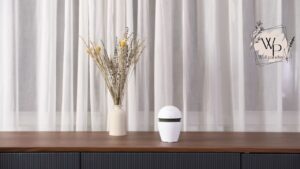A wood accent wall is a stunning way to introduce warmth, texture, and character into any room. This single design choice can completely transform a bland space into a sophisticated and inviting environment. Whether you’re aiming for a rustic, modern, or classic look, a feature wall made of wood provides a powerful focal point that never fails to impress.
This guide will walk you through everything you need to know, from selecting the right materials to installation tips that will make your project a resounding success. We’ll explore different styles, weigh the pros and cons, and share inspiration to help you create a truly spectacular wood accent wall in your own home.
Wood Accent Wall: Key Considerations
| Feature | Description | Best For | Average Cost (DIY) |
|---|---|---|---|
| Material Type | Reclaimed wood, shiplap, wood panels, peel-and-stick planks. | Varies by style; reclaimed for rustic, shiplap for modern farmhouse. | $4 – $30 per sq. ft. |
| Orientation | Horizontal, vertical, herringbone, chevron. | Vertical for height, horizontal for width, patterns for dynamic effect. | Cost varies by complexity. |
| Finish | Natural, stained, painted, torched (Shou Sugi Ban). | Stained for warmth, painted for a pop of color, natural for authenticity. | Minimal additional cost for DIY. |
| Maintenance | Regular dusting, occasional cleaning with a wood-safe product. | Low-maintenance design. | N/A |
Why a Wood Accent Wall is a Game-Changer for Your Home
Adding a wood accent wall does more than just cover a surface; it infuses your home with an organic, grounding element. Unlike a simple coat of paint, wood introduces a unique texture and depth that can make a room feel cozier, more luxurious, and visually interesting. It’s a design trend that has endured for decades because of its versatility and timeless appeal.
Homeowners who have installed a wood accent wall often rave about the immediate impact. User reviews frequently highlight the “dramatic transformation” and “cozy atmosphere” it creates. One homeowner mentioned, “Our living room felt so generic before. The reclaimed wood accent wall we installed is now the first thing everyone comments on. It added so much personality.” This sentiment is common, with many users giving their projects 5-star ratings for aesthetic value and overall effect.
Choosing the Perfect Wood for Your Accent Wall
The type of wood you select is the most critical decision in your project. It dictates the color, texture, and overall mood of your space. Let’s explore some of the most popular options.
Reclaimed Wood: A Story in Every Plank
Reclaimed wood, sourced from old barns, factories, and warehouses, brings a rich history and unparalleled character to your home. Each plank is unique, with nail holes, saw marks, and a weathered patina that cannot be replicated.
A reclaimed wood accent wall is perfect for rustic, industrial, or farmhouse aesthetics. The variations in color and texture create a dynamic and authentic feature that feels both rugged and warm. It’s an eco-friendly choice that adds a powerful story to your design.
Shiplap: Modern Farmhouse Charm
Made famous by home design shows, shiplap consists of wooden boards with a special rabbet joint that creates a subtle gap between them. This feature adds clean, crisp lines to your wall, offering a look that is both tidy and textured.
While traditionally used for a farmhouse feel, a shiplap wood accent wall can also be adapted for modern or coastal designs. Painted white, it feels bright and airy. Stained a dark color or left natural, it can create a more dramatic, contemporary statement.
Wood Panels: Sleek and Contemporary
For a clean, modern look, engineered wood panels or slats are an excellent choice. These are often made from woods like oak, walnut, or teak and are designed for easy installation. A slatted wood accent wall can create a stunning three-dimensional effect, especially when used behind a TV or headboard.
These panels are perfect for mid-century modern, minimalist, or contemporary interiors. Their uniform appearance provides a sophisticated and high-end feel, adding architectural interest without overwhelming the space.
Peel-and-Stick Wood Planks: The Ultimate DIY Solution
If you’re looking for a simple, budget-friendly option, peel-and-stick wood planks are a fantastic innovation. These are thin, lightweight pieces of real or engineered wood with an adhesive backing. They allow you to achieve the look of a wood accent wall in an afternoon, without the need for nails, saws, or specialized tools.
User reviews for peel-and-stick products are overwhelmingly positive, especially from renters and DIY beginners. One user noted, “I was intimidated by the idea of a wood accent wall, but the peel-and-stick version was incredibly easy. It looks like real, expensive wood!” While not as permanent as traditional methods, they offer a low-commitment way to embrace the trend.
Design and Orientation: Crafting Your Vision
Once you’ve chosen your material, the next step is to decide on the layout. The orientation of the wood planks can dramatically alter the perception of your room.
Horizontal Layout
Placing planks horizontally is the most common approach. This orientation can make a room feel wider and more expansive, drawing the eye across the space. A horizontal wood accent wall works well in living rooms, dining rooms, and bedrooms.
Vertical Layout
If you want to make your ceilings feel higher, a vertical orientation is the way to go. The upward lines draw the eye toward the ceiling, creating an illusion of height. This is a brilliant trick for rooms with lower ceilings or in smaller spaces like entryways or bathrooms.
Herringbone and Chevron Patterns
For a truly bold and dynamic statement, consider a herringbone or chevron pattern. These intricate designs require more precise cuts and careful planning but result in a breathtaking wood accent wall. The zigzag patterns add a sense of movement and high-end artistry, making the wall a true work of art. This style is particularly effective in modern and eclectic homes where the wall is meant to be the star of the show.
Installation Guide: Building Your Wood Accent Wall
Creating a wood accent wall is a manageable DIY project for many homeowners. Here’s a simplified breakdown of the process.
Step 1: Preparation is Key
Before you begin, prepare your wall. Remove all outlet covers, light switches, and decor. It’s a good practice to paint the wall a dark color, like black or charcoal gray. This helps conceal any small gaps that might appear between the wood planks, giving your finished wood accent wall a more professional look.
Step 2: Find and Mark Your Studs
Use a stud finder to locate the studs in your wall. Mark their positions from floor to ceiling with a pencil or chalk line. This is crucial for securely nailing the planks, ensuring your wood accent wall is stable and long-lasting.
Step 3: The First Plank Sets the Tone
Your first plank is the most important one. Use a level to ensure it is perfectly straight. Whether you start from the top, bottom, or center, getting this first piece right will guide the rest of your installation. For a standard horizontal installation, apply construction adhesive to the back of the plank and secure it to the wall with a brad nailer, driving nails into the marked studs.
Step 4: Stagger and Build
As you add more planks, be sure to stagger the seams. This means avoiding lining up the ends of the boards in adjacent rows. Staggering creates a more natural, random look that is essential for a beautiful wood accent wall. Continue cutting and fitting boards, using a jigsaw or miter saw to make cuts for outlets and corners.
Step 5: Finishing Touches
Once all the planks are in place, you can add finishing touches. You might want to frame your wood accent wall with trim for a polished look. Fill any visible nail holes with wood putty that matches your wood’s color. Finally, reinstall your outlet covers and switches.
Styling Your New Wood Accent Wall
Your new wood accent wall is a stunning backdrop. To make it shine, pair it with the right decor.
- Lighting: Use sconces or a floor lamp to cast a warm glow on the wall, highlighting its texture.
- Furniture: Position your main furniture, like a sofa or bed, against the accent wall to solidify it as the room’s focal point.
- Contrast: If your wall is dark and rustic, use light-colored furniture and textiles to create a beautiful contrast. For a light-colored wood accent wall, consider bolder, darker decor elements.
- Art: While the wall itself is art, a single, large piece of artwork or a minimalist mirror can complement it without overwhelming it.
Conclusion: Embrace the Beauty of Wood
A wood accent wall is more than just a fleeting trend; it’s a timeless design element that adds warmth, value, and unmatched character to your home. From rustic reclaimed planks to sleek modern panels, there is a style to fit every taste and budget. This project offers one of the highest returns on investment in terms of visual impact, completely revitalizing a room with a single, powerful statement.
If you’re ready to elevate your space and create a cozy, conversation-starting feature, building a wood accent wall is a wonderfully rewarding project to undertake.
Frequently Asked Questions (FAQs)
What is the best wall to use for a wood accent wall?
Typically, the best wall is the one you see first when you enter a room or the wall behind a major piece of furniture, like your bed or sofa. This solidifies it as the natural focal point. Avoid walls with too many doors or windows, as they can break up the visual flow.
Is a wood accent wall still in style?
Absolutely. While specific styles like shiplap might ebb and flow in popularity, the concept of a wood accent wall is timeless. Natural materials and textures are always in demand in interior design because they create a sense of warmth and connection to nature.
How much does it cost to install a wood accent wall?
The cost varies greatly depending on the materials and whether you DIY or hire a professional. DIY costs can range from $4 to $30 per square foot. Peel-and-stick options are on the lower end, while high-end reclaimed wood or custom panels are at the higher end. Professional installation can add several hundred to over a thousand dollars to the total cost.
Can I put a wood accent wall in a bathroom?
Yes, but you must choose your materials carefully. Use wood that is naturally resistant to moisture, like cedar or teak, and be sure to seal it properly on all sides with a high-quality marine varnish. Proper ventilation in the bathroom is also essential to prevent moisture damage to your wood accent wall.
Admin Recommendation
WallPanel Home Assistant Idle: The Ultimate Guide to Smart Home Displays


